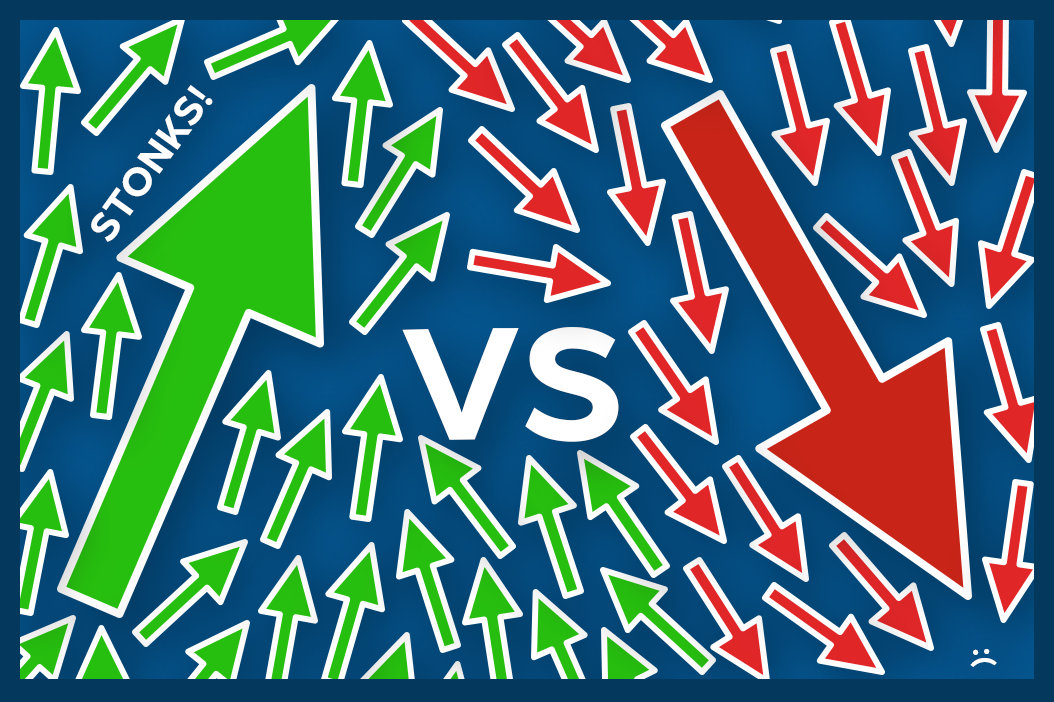Year Over Year (YOY) is the percentage change in a specific metric from one year to the next. The metric can be sales volume, revenue, profit, number of new customers acquired, or any other quantifiable metric.
YOY is a helpful metric because it provides context for current performance by comparing it to past performance. This can help decision-makers identify whether a decline in sales is due to a decrease in demand or if it's just a natural part of the business cycle.
How To Calculate Year Over Year
To calculate Year On Year growth, you simply take the value for the current year and divide it by the previous year's value. The resulting number can then be multiplied by 100 to get a percentage.

For example, if a business made $110,000 last year and $100,000 the year before then with the above calculation the businesses YOY growth is 10%.
Investors like the metric in cases where other metrics such as quarter vs. quarter comparisons may fall short. When q1 is measured against q4, it will often look weak in ecommerce businesses where the holiday season has a large impact on sales. Here it may be better to look at q4 vs. q4 from the year before or the year as a whole compared to previous ones.
When annual earnings are reported by public companies, they will often give guidance for the upcoming year. YOY is an important surface level metric investors use to measure the health of a company. It enables us to see whether the company is expecting to have negative or positive growth.
One of the major limitations of YOY as a metric is that it can provide a result that lacks context. Yes, sales might be down but the next question is, why? Is it because the business is in a decline or is it just a natural part of the business cycle?
YOY doesn't take into account changes in the market or changes in the business. For example, if there's a new competitor in the market, that could impact sales even if the business itself is doing well. Companies often use YOY growth to determine what areas need focus over the coming months and years.
This difficulty to see the whole picture just from looking at YOY growth is why other metrics come into play. For example, using regression analysis can give you a better idea of how your business is performing.
It's also important to keep in mind that YOY growth can be negative, which isn't always a bad thing. In fact, it's to be expected in some cases. For example, a business that heavily invests in research and development in one year may have negative YOY growth but in the long term, the investment could pay off.
When used correctly, YOY can be a helpful metric for businesses to track their progress and identify areas of improvement but it doesn't necessarily show the whole picture.





